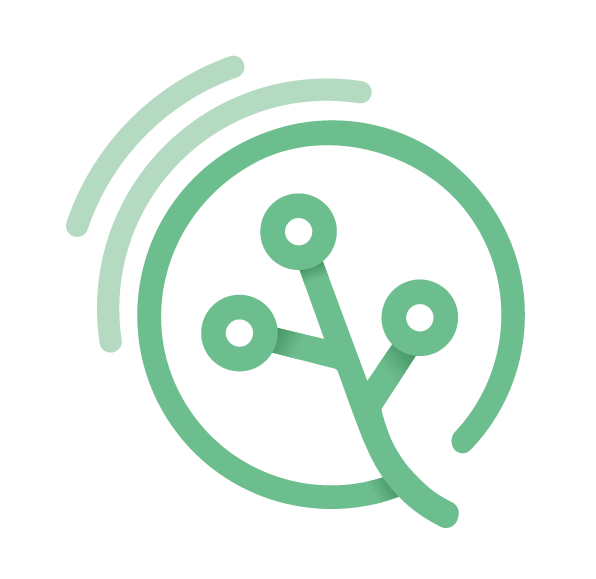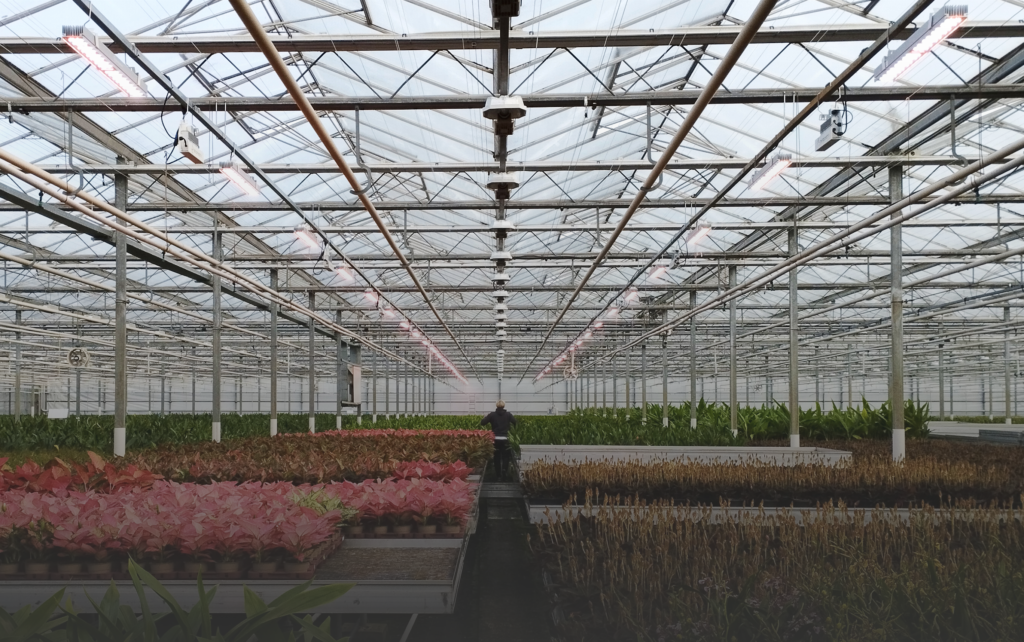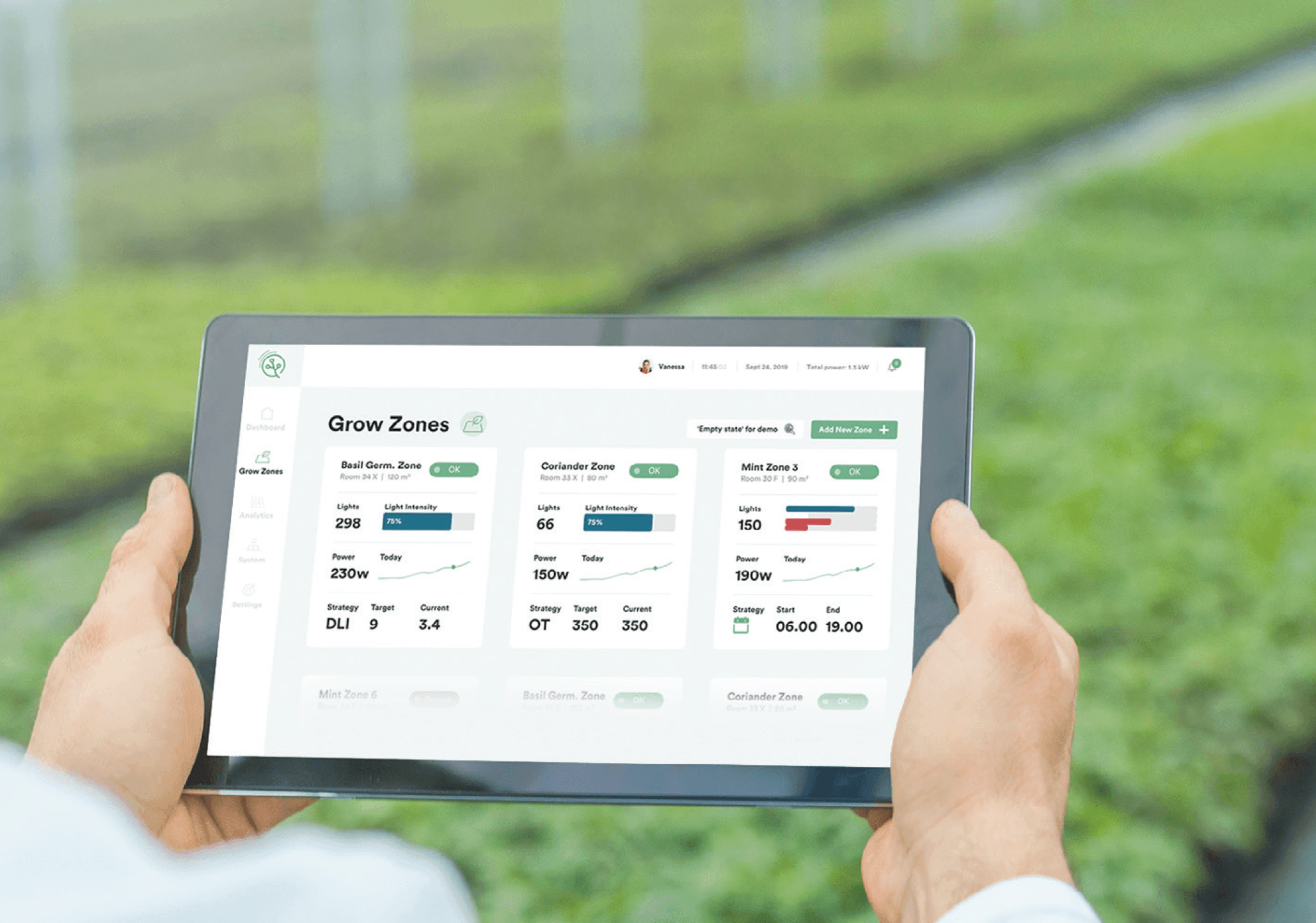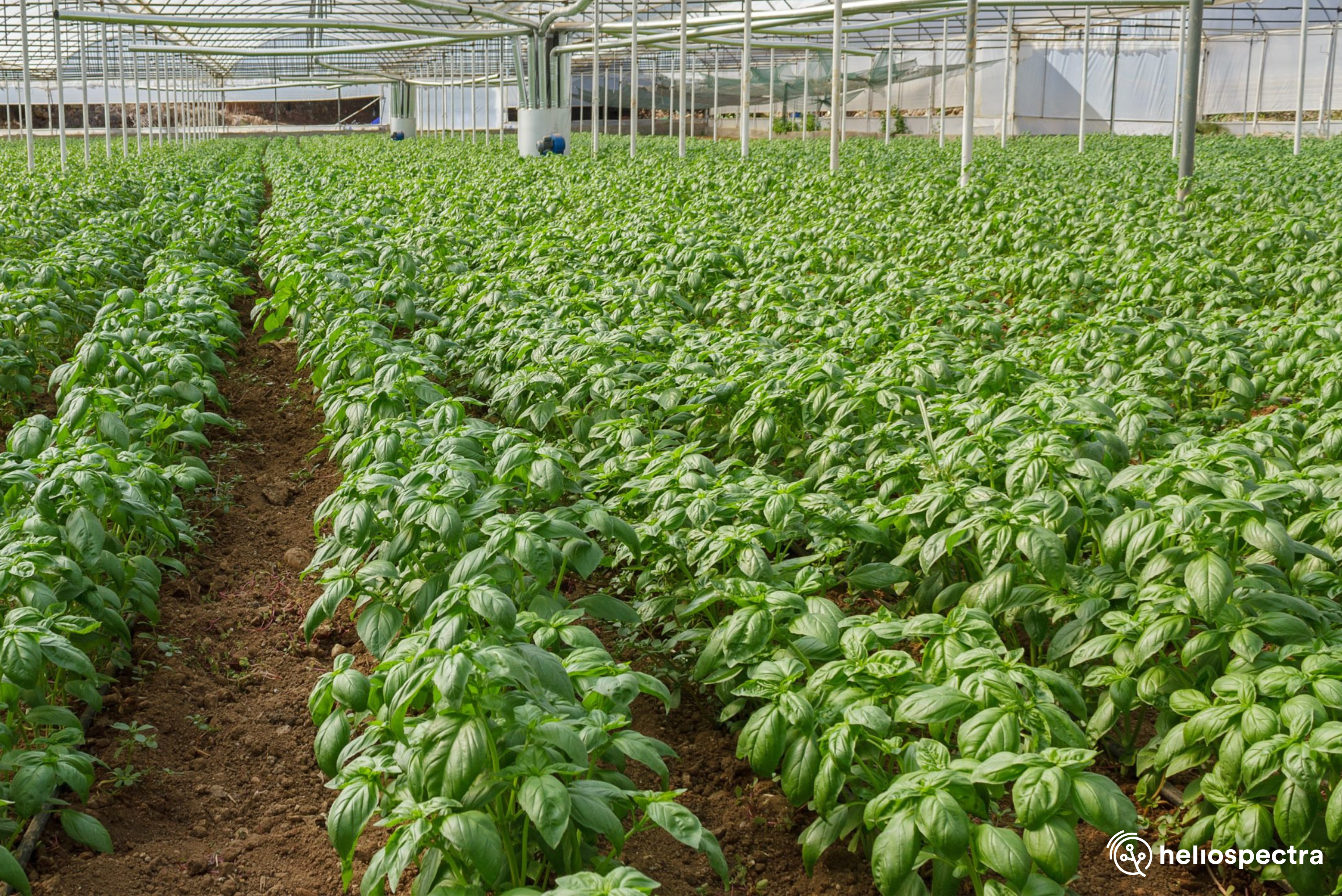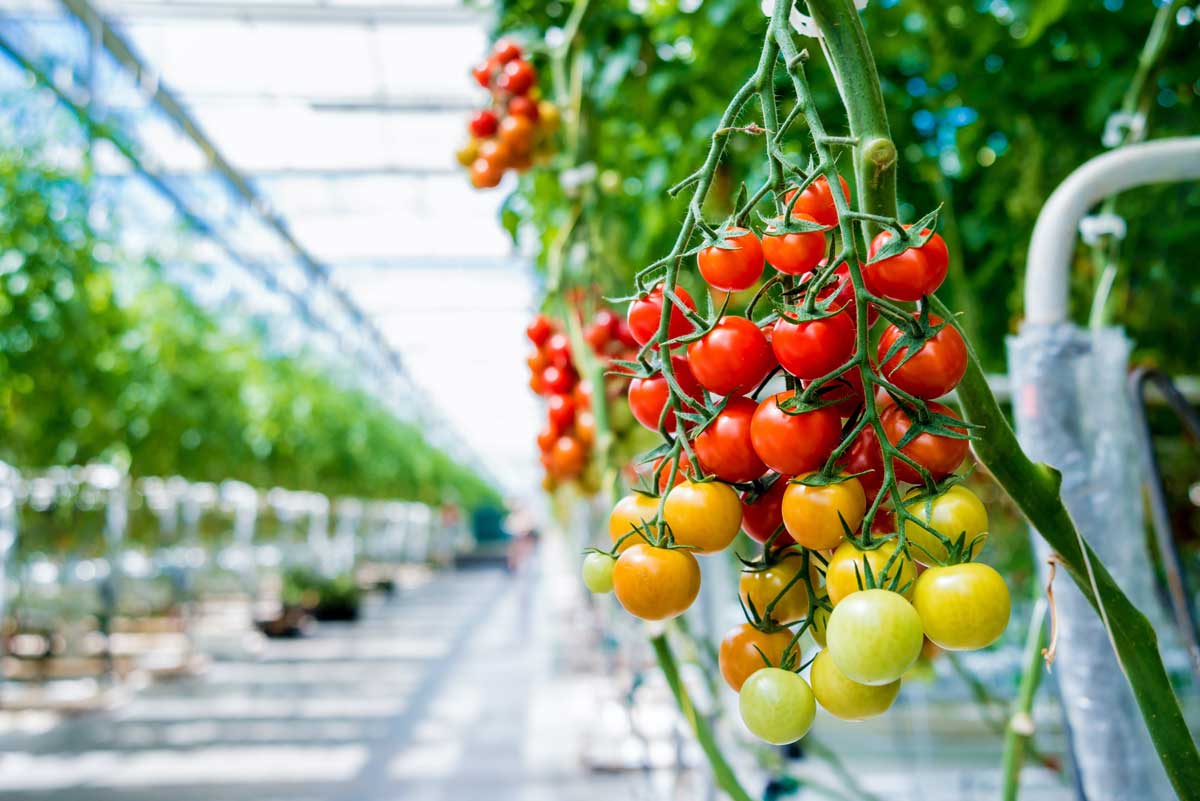Research
Articles
Light quality refers to the colors of light, or the spectrum provided to the plants. The mix of colors in light strongly influences plant development. The blue, green and red spectral range (400-700 nm) is referred to as PAR (photosynthetically active radiation). While PAR represents the range of light that plants use for photosynthesis, light outside of PAR, including far-red (700-800 nm), is also of importance to plant development. Far-red light has influences various aspects of plant development from plant architecture, to speeding up growth, and promoting flowering.
Far-Red Light
Far-red light can be defined as photons with wavelengths between 700 and 800 nm. This waveband is not considered photosynthetically active (however there is ongoing research that might shift this conclusion) but far-red light does influence growth. Far-red radiation has a major effect on extension growth, meaning it influences the size of leaves, the length of stems and ultimately, the height of plants.
Plants have different kinds of receptors that perceive light quality, or the colors of light, to which they are exposed. One of these receptors is phytochrome, which is particularly sensitive to the amount of red light relative to the amount of far-red light. Plants absorb most of the red (R) light available to them and reflect or transmit most of the far-red (FR) light, which gives a lower R:FR ratio. A decrease in the R:FR ratio gives plants a signal that there are competing plants present. Plants respond to this by altering their growth, and stems, leaves and petioles elongate to capture more light.
Crop grown with gradient of Far-red
As mentioned earlier, the R:FR ratio has an effect on how crops grow. We evaluated the effect of far-red on leaf size for lettuce using a popular variety of lettuce. The plants were grown over a fixed time period, under four different lighting strategies, all with the same light intensity and spectral composition within PAR. Three of the four treatments had additional far-red in their spectra at different intensities (low, mid and high).
All the lettuce grown with far-red responded with leaf expansion. The length and width of the largest leaf increases with Far-red.

A similar test was also conducted to study the far-red effects on head size and biomass on lettuce.
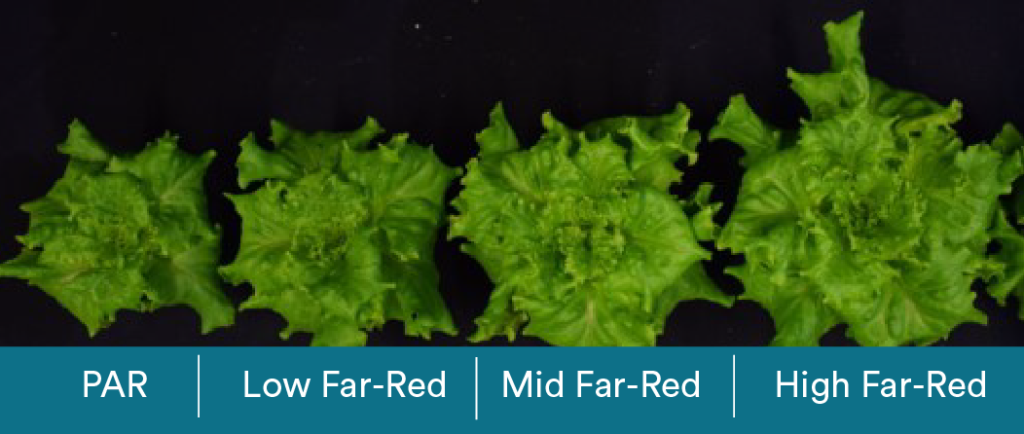
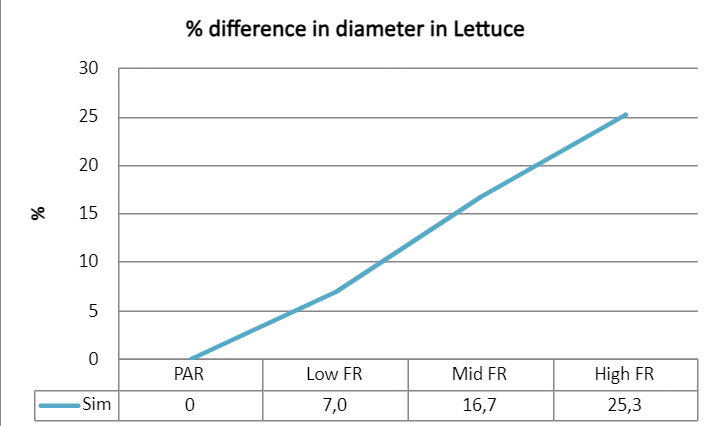
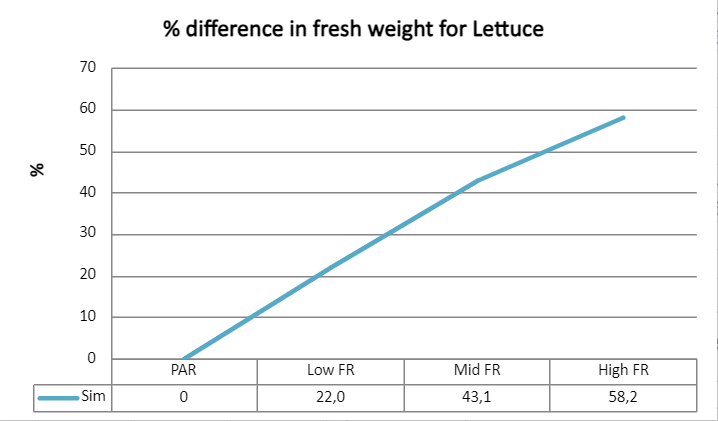
All lettuces grew well under a far-red enriched spectrum. Keep in mind that these tests were done for a fixed time period. The FR-treated lettuce could be made harvest-ready earlier with an increased proportion of far-red.
As seen in the example above the plants respond to the amount of far-red in the spectrum, the R:FR ratio. The response can be extreme if much far-red is added to the spectrum, therefore it is important to balance the spectrum.
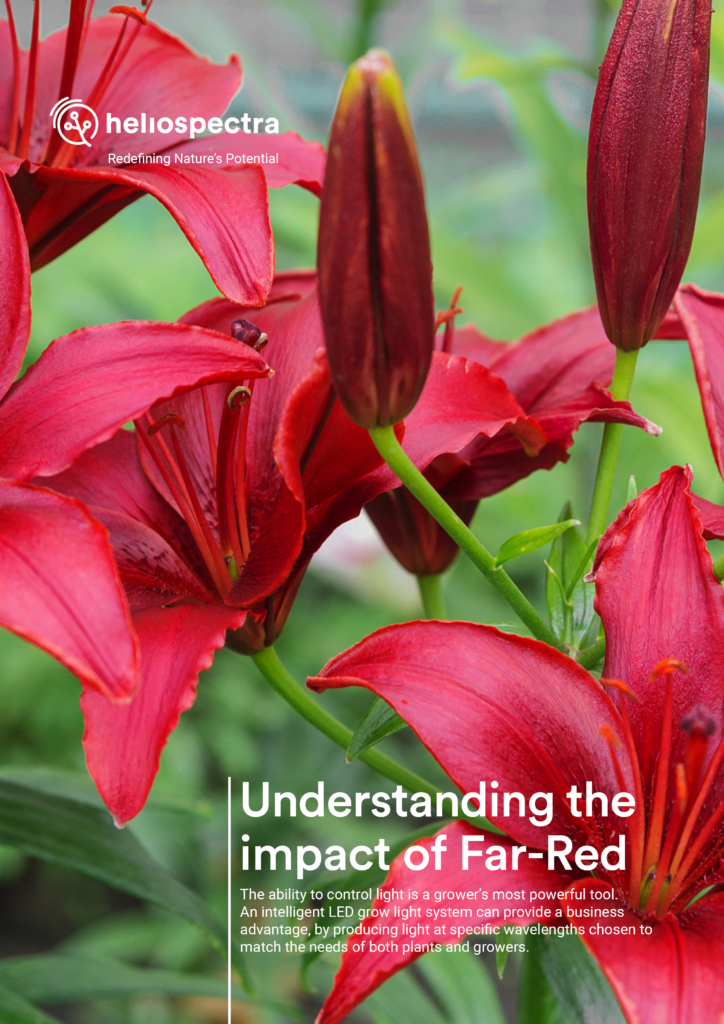
Download our new free e-book and discover the future of farming with Heliospectra’s Far-Red knowledge. Learn how to maximize growth potential with our Smart LED technology.
Get your Free ebookReferences
Runkle, E. (2016, May). A Closer Look at Far-Red Radiation.
Get in touch with us!
From custom light planning, to tailored quotes, and everything in between,
our team of horticulture experts are always ready to assist.
